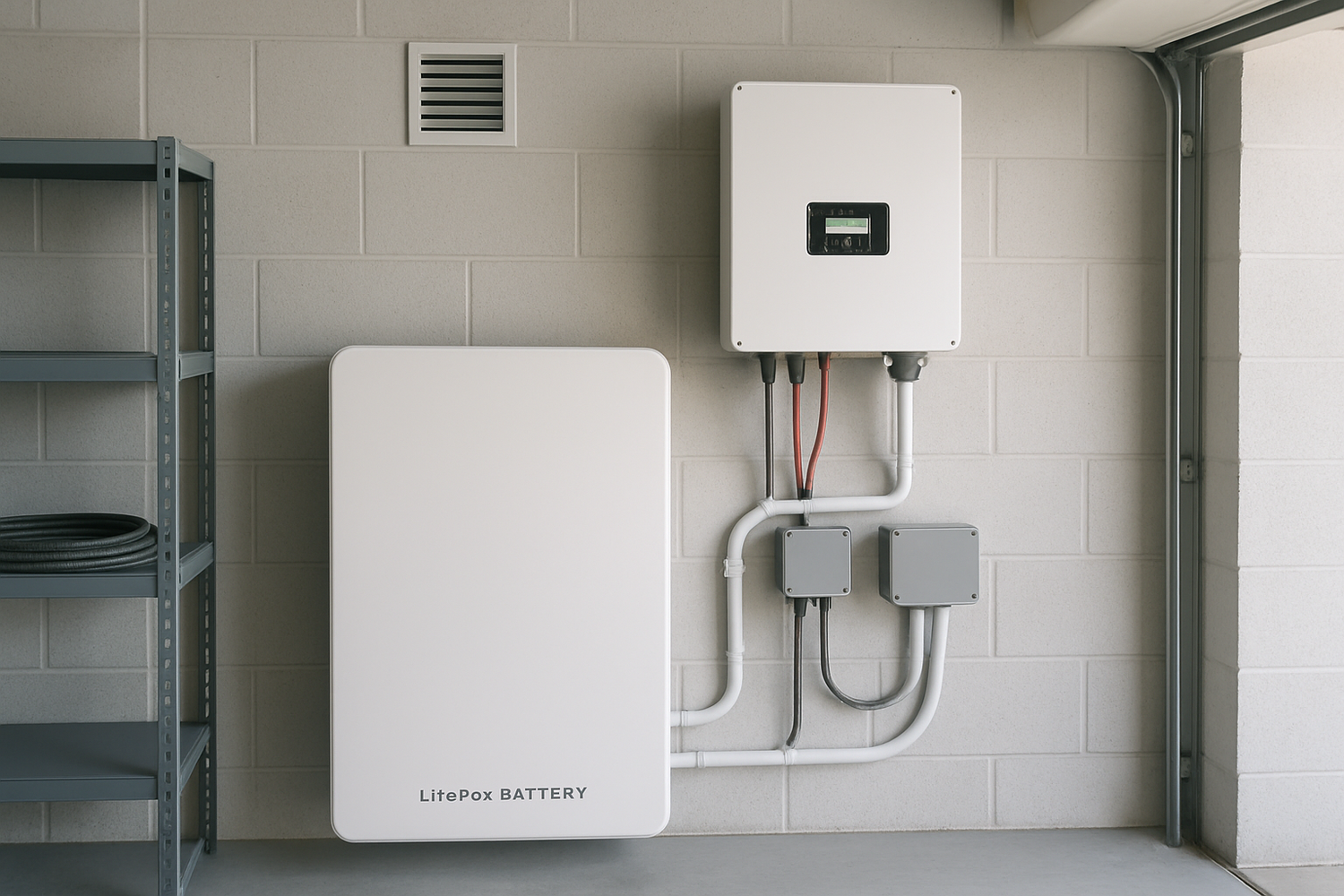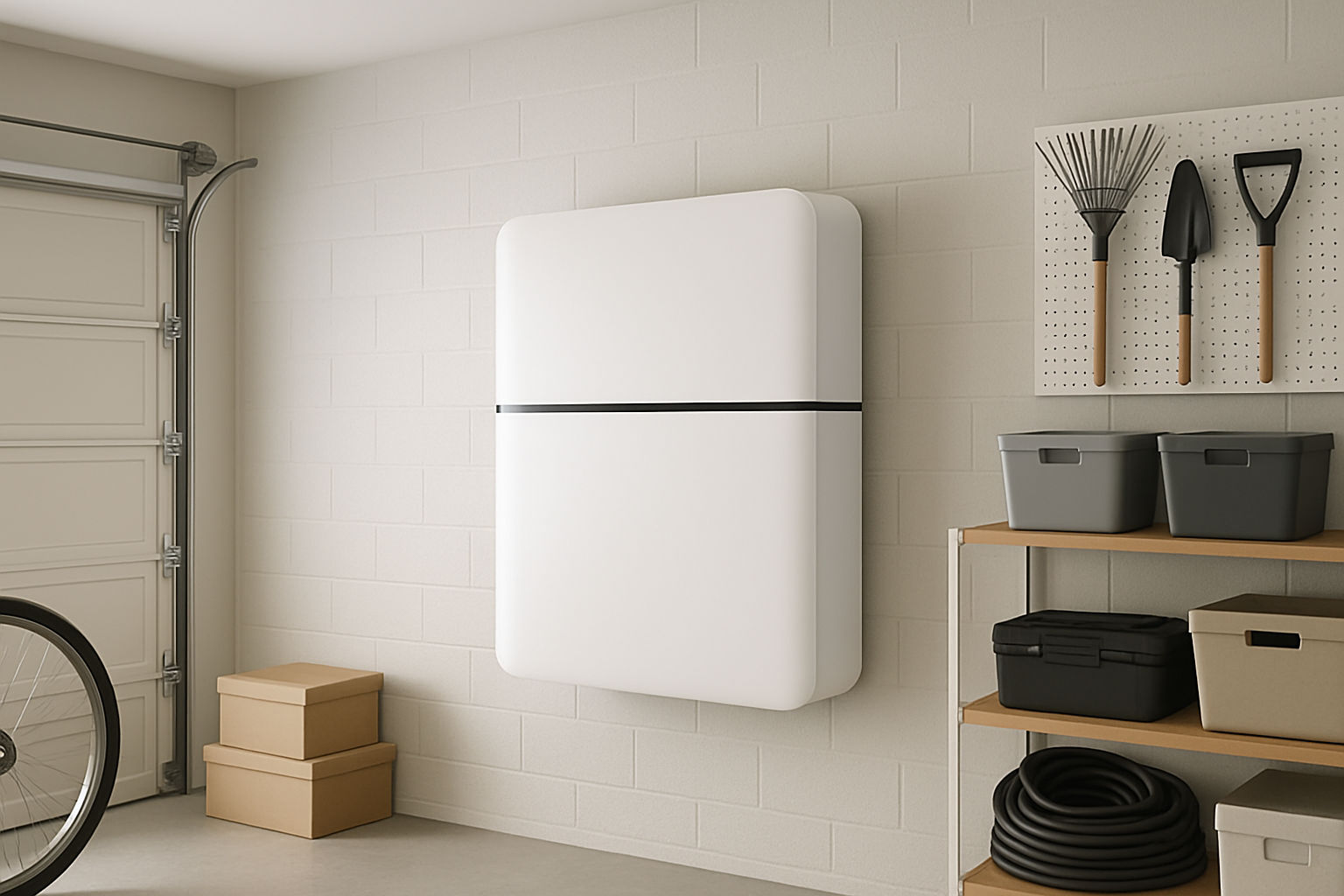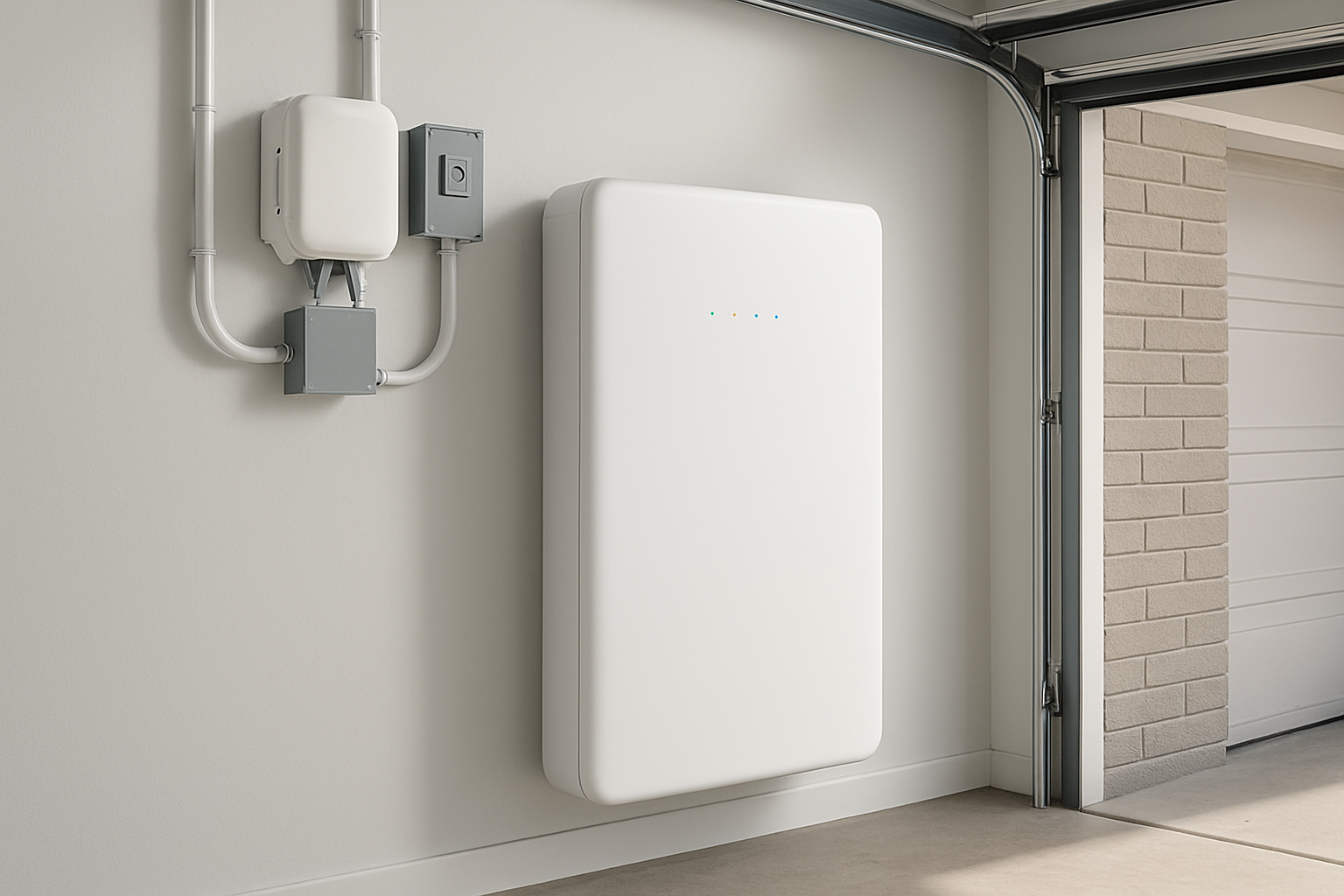Lithium iron phosphate (LiFePO4) batteries are a leading choice for residential energy storage systems. Their reputation for stability and a long service life makes them an attractive option for homeowners seeking energy independence. While LiFePO4 chemistry is one of the safest available, adhering to best practices in installation, use, and maintenance is crucial for ensuring maximum safety and performance in your home.
Understanding the Foundations of LiFePO4 Safety
The safety profile of a LiFePO4 battery begins at the molecular level. Understanding these core attributes helps clarify why they are well-suited for home applications.
Inherent Chemical Stability
The strength of LiFePO4 chemistry lies in its robust structure. The phosphate-oxide bond is significantly stronger than the metal-oxide bonds found in other lithium-ion variants. This makes the battery less prone to thermal runaway, a condition where rising temperatures cause a self-perpetuating and dangerous reaction. Even under conditions of physical damage or overcharging, LiFePO4 chemistry resists releasing oxygen, which is a key ingredient for combustion.
The Role of the Battery Management System (BMS)
A high-quality Battery Management System (BMS) is the brain of your battery pack. It's not just an accessory; it is an essential safety component. The BMS continuously monitors cell voltage, temperature, and current. It actively prevents critical issues by intervening to stop operations that could lead to damage, such as over-charging, over-discharging, and overheating. A sophisticated BMS ensures each cell in the pack is balanced, which promotes both safety and a longer operational life.
Best Practices for Installation and Environment
Where and how you install your home battery system has a direct impact on its safety and longevity. Proper placement and professional setup are non-negotiable.
Selecting an Optimal Location
Your battery should be installed in a protected, dry, and well-ventilated area. Avoid locations with extreme temperature fluctuations or direct exposure to sunlight. A garage or a utility room is often a suitable choice. Crucially, ensure the area is free from flammable materials and has clear access for maintenance and inspection. The ideal operating temperature for most LiFePO4 batteries is between 0°C and 45°C (32°F to 113°F).
The Importance of Ventilation
Proper ventilation helps dissipate any heat generated during charging and discharging cycles. While LiFePO4 batteries operate with high efficiency and produce minimal heat, ensuring adequate airflow prevents potential heat buildup. This simple measure protects the battery from operating at elevated temperatures, which can degrade components over time and compromise the system's health.
Professional Installation is Key
While DIY projects are popular, a residential energy storage system involves high voltages and complex connections to your home's electrical panel. A professional installation ensures that all wiring is correctly sized, all connections are secure, and appropriate safety devices like fuses and circuit breakers are in place. Certified installers are also knowledgeable about local electrical codes and permit requirements, ensuring your system is both safe and compliant.
Smart Charging and Daily Management
Your daily habits and the equipment you use play a significant role in maintaining the health and safety of your LiFePO4 battery.
Use a Compatible Charger and Inverter
Always use a charger or solar inverter specifically designed for LiFePO4 batteries. These devices follow the correct Constant Current/Constant Voltage (CC/CV) charging profile required by the chemistry. Using an incompatible charger, such as one designed for lead-acid batteries, can lead to overcharging and damage the battery cells, creating a safety risk.
Optimal State of Charge (SoC) Practices
LiFePO4 batteries do not have a 'memory effect' and perform best when not consistently drained to empty. For optimal lifespan, it is good practice to operate the battery between 20% and 80% State of Charge (SoC). A modern BMS and a properly configured solar inverter can automate this, ensuring the battery stays within its ideal operating window. As noted in research on smart charging, intelligent management can significantly enhance battery life and support grid stability. According to a report by IRENA titled Innovation Outlook: Smart charging for electric vehicles, strategies that optimize charging cycles are critical for long-term performance.
How to Spot Potential Issues
Periodically inspect your battery for any signs of trouble. This includes physical changes like swelling of the casing, any unusual smells, or the battery feeling excessively hot to the touch. If you notice any of these signs, disconnect the battery from the system if it is safe to do so and contact your installer or the manufacturer immediately.
System Integration and Performance
A home battery is part of a larger ecosystem. Its safe operation depends on seamless integration with other components, like solar panels and inverters.
Matching Components for Safe Performance
The solar inverter, battery, and BMS must communicate effectively. The inverter's settings for charging voltage and current limits must align precisely with the battery's specifications. A mismatch can lead to improper charging, which stresses the battery. An integrated energy storage system, where the components are designed to work together, often provides the most reliable and safe solution.
Understanding Performance Metrics
Key performance indicators like C-rate, depth of discharge (DoD), and round-trip efficiency affect both performance and safety. As detailed in the ultimate reference on solar storage performance, operating a battery within its specified C-rate is vital. Pushing a battery to charge or discharge faster than its design rating generates excess heat and can accelerate degradation. The International Energy Agency's Clean Energy Innovation report highlights that advancements in battery applications are a key part of the clean energy transition, underscoring the need for reliable and safe operation.
| C-Rate | Typical Use Case | Impact on Battery Health |
|---|---|---|
| 0.2C | Slow, overnight charging | Minimal stress, promotes maximum cycle life |
| 0.5C | Standard daily solar charging | Excellent balance of speed and longevity |
| 1.0C | Rapid charging when necessary | Generates more heat, may slightly reduce lifespan if used frequently |
A Commitment to Safe Energy Independence
LiFePO4 batteries offer a safe, reliable path toward managing your home's energy. Their stable chemistry provides a solid foundation, but ultimate safety is a partnership between quality technology and informed ownership. By prioritizing professional installation, creating a suitable environment, and adopting smart usage habits, you can confidently rely on your residential energy storage system for years to come. This approach not only protects your investment but also ensures the well-being of your home and family.
Frequently Asked Questions
Can a LiFePO4 battery catch fire?
It is extremely rare for a LiFePO4 battery to catch fire. Their chemistry is thermally stable and resistant to thermal runaway. A fire would typically only occur under circumstances of extreme physical abuse, a severe internal short circuit from a manufacturing defect, or grossly improper charging—risks that are minimized by a quality BMS and correct usage.
What is the ideal temperature for a LiFePO4 battery?
The ideal operating temperature is generally between 15°C and 35°C (59°F to 95°F). While they can operate safely in a broader range (e.g., 0°C to 45°C), performance and lifespan are optimized when they are kept in a moderate temperature environment. Charging should not be attempted in temperatures below freezing (0°C or 32°F) without a battery that has a built-in heating function.
Do I need to fully discharge my LiFePO4 battery before recharging?
No. LiFePO4 batteries do not have a memory effect. In fact, it is better for their long-term health to perform partial cycles rather than full discharges. Regularly discharging the battery to 0% can cause unnecessary strain and reduce its overall lifespan. Keeping it within a 20% to 80% SoC is a common strategy for maximizing cycle life.





Leave a comment
All comments are moderated before being published.
This site is protected by hCaptcha and the hCaptcha Privacy Policy and Terms of Service apply.